SUMMARY
This is AI generated summarization, which may have errors. For context, always refer to the full article.
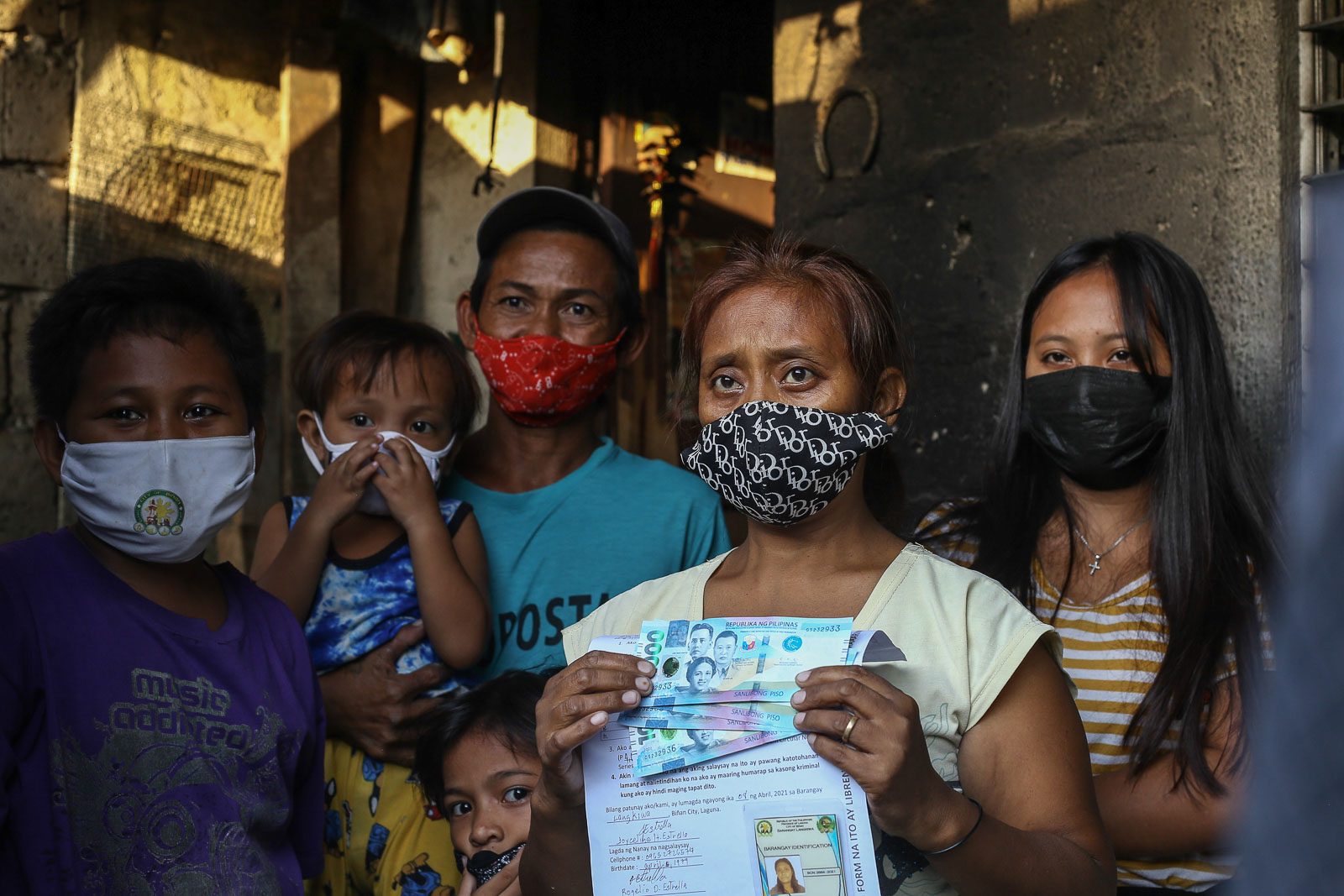
MANILA, Philippines – Economic shocks caused by Russia’s attack on Ukraine and the ensuing global sanctions could impact growth in Southeast Asia, including the Philippines, latest analysis of the World Bank showed.
In a report published on Tuesday, April 5, the multilateral lender said that while the region’s dependence on Russia and Ukraine in terms of goods, services, and capital is limited, the sanctions related to the invasion would push up international prices of food and fuel, hurting consumers and economic growth.
In the case of the Philippines, the World Bank estimated that poverty incidence could increase by one percentage point, equivalent to 1.1 million people, should cereal prices rise an average of 10% over the year. These are people who live with a daily budget of $3.20 (P163.81) or lower.
The poverty incidence among Filipinos rose to 23.7% in the first half of 2021, equivalent to 26.1 million Filipinos, based on the official poverty statistics of the Philippine Statistics Authority (PSA). This is higher than what was recorded in 2018, when the poverty incidence was 21.1%, equivalent to 22.26 million Filipinos.
This translates to 3.9 million more Filipinos living in poverty amid the coronavirus pandemic.
The World Bank also noted that spikes in fuel prices impact people’s real income.
“As we would expect, relatively import dependent Philippines, China, and Thailand, see a contraction in real income – of between 0.5% and 1.5% – while the net exporter, Malaysia, sees an increase in real income of 0.3%.”
The PSA earlier said a family of five now needs at least P12,082 to meet the most basic food and non-food needs, 14.7% higher than the monthly average of P10,532 in 2018.
On Tuesday, the PSA reported that the inflation rate jumped to 4% in March, driven mainly by faster upward movements of fuel and food costs.
The Philippine government has distributed fuel subsidies and cash aid for poor households to cushion the impact of rising fuel prices, but President Rodrigo Duterte himself has acknowledged that the cash aid is too small.
Meanwhile, the World Bank slightly lowered its growth outlook for the Philippines to 5.7% from 5.8%. In a worst-case scenario, the outlook is at 4.9%. The figures are lower than the Duterte administration’s ambitious gross domestic product (GDP) growth target of 6% to 7% for 2022.
“If the low-case GDP growth scenario were to materialize, 6 million more people would remain trapped in poverty in 2022 at the US$5.50/day poverty line,” the report read.
Optimism
In a forum on Tuesday, Finance Secretary Carlos Dominguez III said the government’s economic team is “confident” that commodity prices would start moderating “as the year goes on.”
Dominguez also pointed out that the country is not facing any supply woes.
“There is no shortage of commodities. Actually, we have no shortage of fuel, we have no shortage of pork, we have no shortage of wheat. It’s actually the anticipation of shortages that is driving up prices,” he said. – Rappler.com
$1 = P51.19
Add a comment
How does this make you feel?
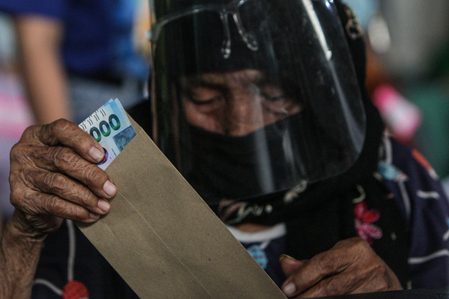





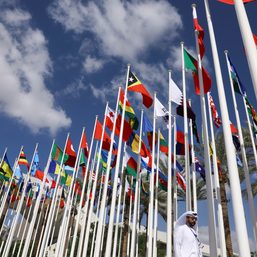
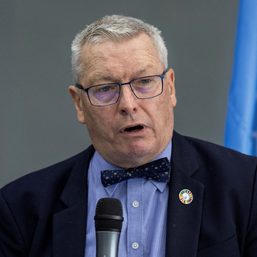

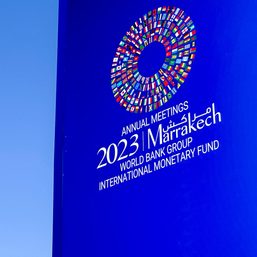

There are no comments yet. Add your comment to start the conversation.